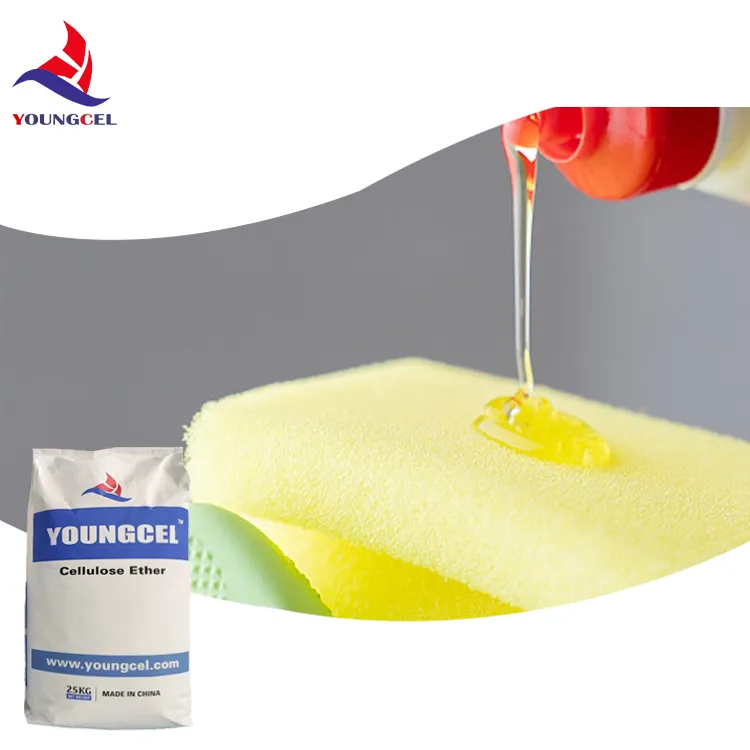The Versatility of Methyl Cellulose and Hydroxypropyl Methylcellulose (HPMC)
Methyl cellulose and hydroxypropyl methylcellulose (HPMC) are cellulose derivatives widely utilized in various industries due to their unique properties. A chemically modified form of cellulose, methyl cellulose is created by treating cellulose with an alkali and then reacting it with methyl chloride. This modification introduces methoxy groups into the cellulose structure, which enhances its solubility in cold water and imparts gelling characteristics.
Hydroxypropyl methylcellulose takes this a step further. In HPMC, hydroxypropyl groups are added alongside methoxy groups, which significantly modifies its physical and chemical properties. HPMC is particularly valued for its increased thermal gelation and better water retention abilities, making it a preferred option in more applications.
The Versatility of Methyl Cellulose and Hydroxypropyl Methylcellulose (HPMC)
In the pharmaceutical industry, HPMC plays a crucial role in drug formulation. It serves as a binder in tablets, a coating agent, and a controlled-release agent. Its biocompatibility and ability to form gels at body temperature make it ideal for sustained release systems. The incorporation of HPMC can significantly improve the solubility of poorly soluble drugs, enhancing their bioavailability and efficacy.
methyl cellulos hpmc

Moreover, methyl cellulose and HPMC are extensively used in cosmetics and personal care products. They function as thickening agents, allowing for the creation of lotions, creams, and gels with desirable textures. Their ability to retain moisture and form a protective film on the skin makes them valuable for moisturizing and protective products.
The construction industry also benefits from the use of methyl cellulose and HPMC. These materials are added to cement and adhesive mixtures to improve workability, adhesion, and water retention properties. In tile adhesives, for instance, HPMC contributes to the extended open time, allowing for adjustments during application without affecting the final outcome.
Environmental sustainability is another compelling reason for the rising popularity of methyl cellulose and HPMC. These cellulose derivatives are derived from renewable sources, making them an eco-friendly option compared to synthetic polymers. Their biodegradable nature further enhances their appeal in today's environmentally conscious market.
In conclusion, the versatility of methyl cellulose and hydroxypropyl methylcellulose makes them essential components across various industries. Their unique properties, such as solubility, gel formation, and non-toxic nature, allow them to be used effectively in food, pharmaceuticals, cosmetics, and construction. As the demand for sustainable and safe materials continues to grow, the role of these cellulose derivatives is expected to expand, paving the way for innovative applications in the future.
-
Rdp Powder: Key Considerations for Wholesalers in the Building Materials IndustryNewsJul.08,2025
-
Key Considerations for Wholesalers: Navigating the World of Hpmc - Based ProductsNewsJul.08,2025
-
Hpmc Detergent: Key Considerations for WholesalersNewsJul.08,2025
-
Key Considerations for Wholesalers: China Hpmc For Tile Adhesive, Coating Additives, Concrete Additives, and MoreNewsJul.08,2025
-
Crucial Considerations for Wholesalers: Navigating the World of Construction MaterialsNewsJul.08,2025
-
Key Considerations for Wholesalers Sourcing Additive For Cement, Additive For Concrete, Additive For Putty from Additive Manufacturer Shijiazhuang Gaocheng District Yongfeng Cellulose Co., Ltd.NewsJul.08,2025




